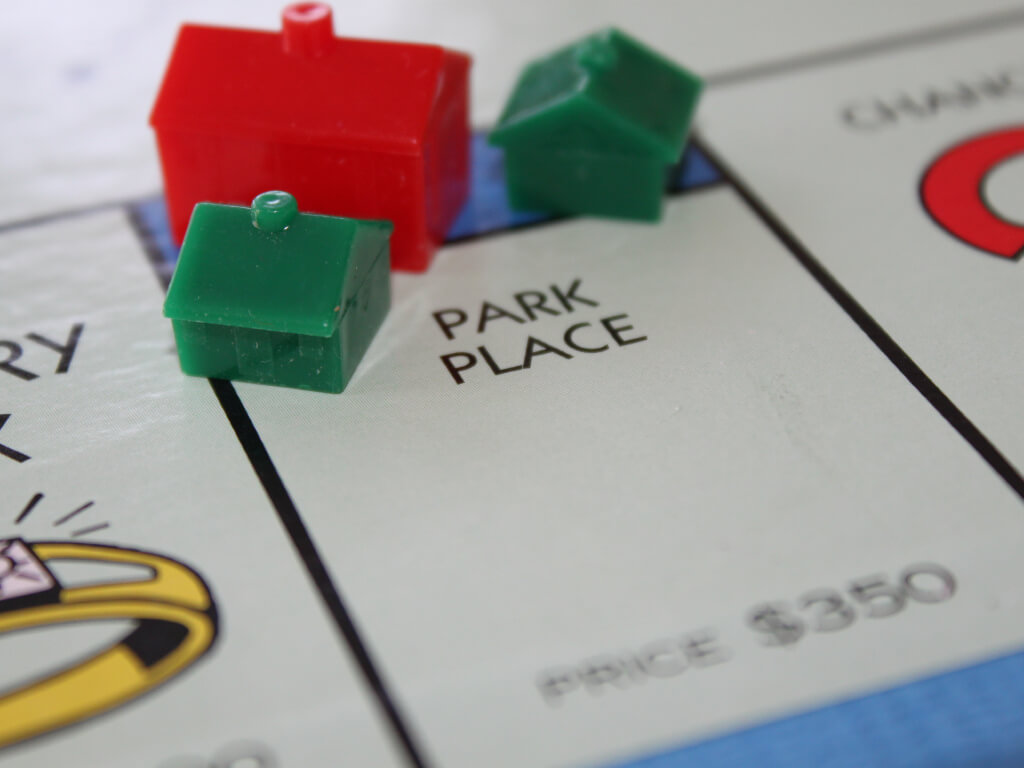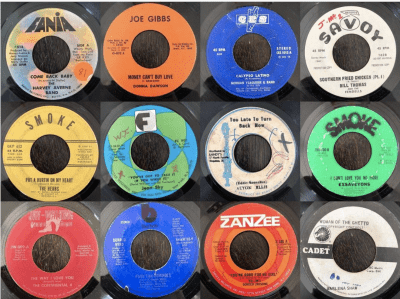The Inherent Vice of Brooklyn Real Estate
 Rents are rising in North Brooklyn for a number of reasons, of course, but perhaps none is more infuriating than the infusion of Wall Street and international investors into the rental market. Unlike the early 2000s, when big investors bought up properties only to flip them for a quick profit, now they’re investing in order to sluice up long-term dividend-like returns by renting properties in a helium market that shows no signs of slowing down (in part because of them). Ah, Brooklyn!
Rents are rising in North Brooklyn for a number of reasons, of course, but perhaps none is more infuriating than the infusion of Wall Street and international investors into the rental market. Unlike the early 2000s, when big investors bought up properties only to flip them for a quick profit, now they’re investing in order to sluice up long-term dividend-like returns by renting properties in a helium market that shows no signs of slowing down (in part because of them). Ah, Brooklyn!
Back in November, the New York Times profiled an Australian investor named Alan Dixon, who oversees an investment fund that had purchased more than 538 homes, brownstones, and townhouses in the New York City metropolitan area in the last two years alone, with the intent of capitalizing on Brooklyn’s absurd real estate market by renting out the spaces and pocketing the profits. It’s your good ol’ fashioned wealth accumulation via market saturation scheme. Dixon is indicative of a larger trend in residential real estate across the country, although no where is it more concentrated than here. The median price of a home in Brooklyn climbed nearly 12 percent in 2013 to hit a 10-year record; the median price for one-family brownstones in Brooklyn jumped 40 percent in the same timeframe, to $1.6 million. A real estate broker with Douglas Elliman told the Times that “maybe 70 percent of the sales we were seeing were to hedge funds, investors and others taking advantage of what was happening in Brooklyn.”
This means terrible things for prospective homeowners–especially first-time buyers. While home prices have surged recently, a historically low percentage of sales are going to first-time buyers, according to a research note issued last week by Bank of America Merrill Lynch and cited today in a Times op-ed about the problem. The piece claims that influx of profit-minded investment augurs a “return to the majority-renter society that America was before the New Deal.” This is measurably true in Brooklyn, where the last census measured the homeownership rate from 2008-12 at 29.8 percent, compared to the 65.2 percent rate in the fourth quarter of 2013 in the country as a whole.
As the Times notes, there is considerable disagreement over what to do about this issue, but it seems yet another iteration of the “idea that America is entering a new era in which there will be superstars and serfs and not many people in between them.”
There’s a second-order fear for the people who already live in the neighborhoods most affected by speculative investment: if rising prices don’t drive them out, they may drive out much of the charm and character that makes a neighborhood a desirable place to live in the first place. Most would agree that high-rise condos inhabited by the upper class aren’t what made Williamsburg interesting once upon a time, but that looks like the future North Brooklyn is in for, unless the City reconfigures its real estate laws to offer purchase opportunities to New York residents first, and/or levy an international buyers tax on residential purchases.
Follow Phillip Pantuso on Twitter @phillippantuso
You might also like 



















